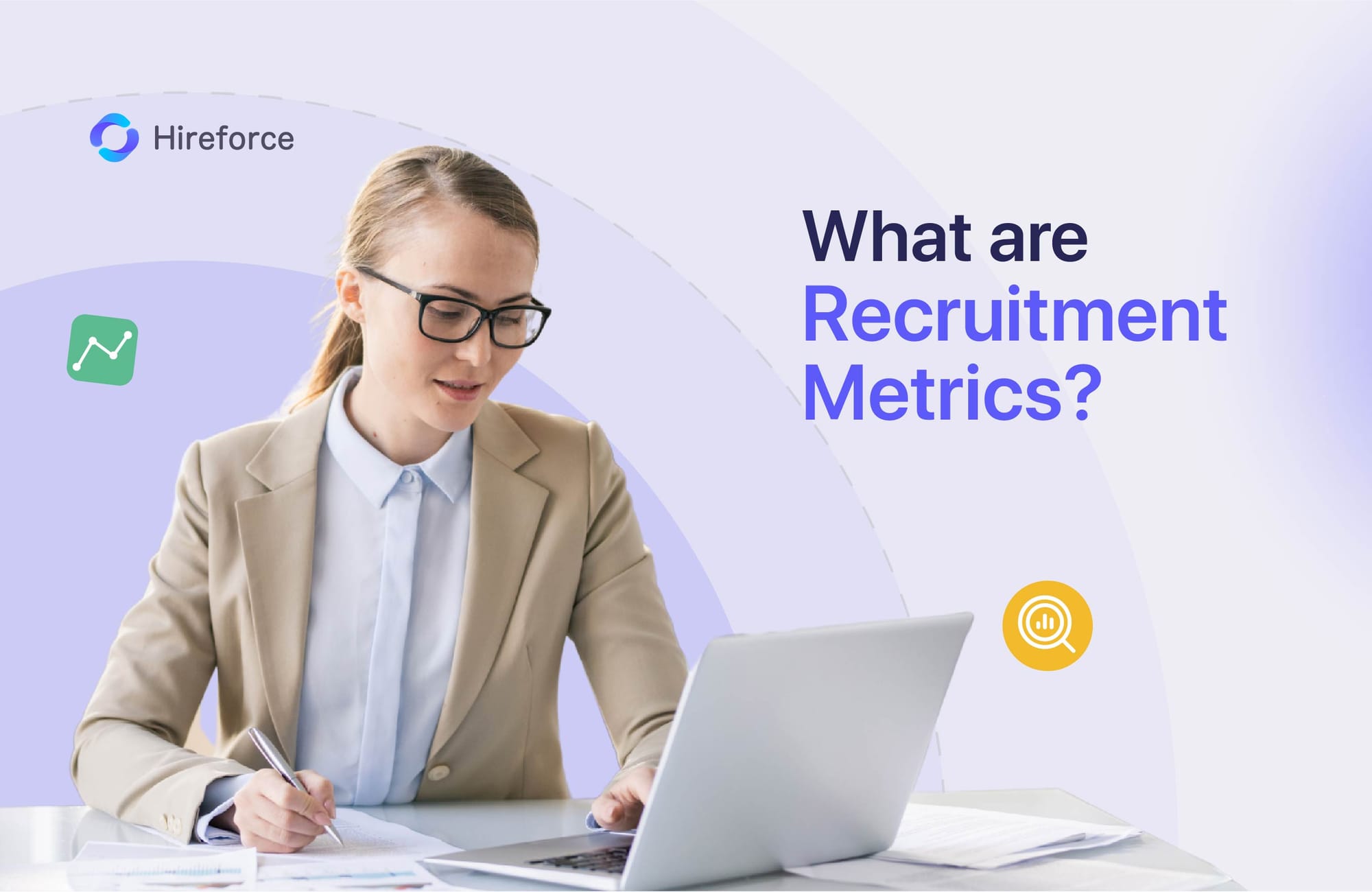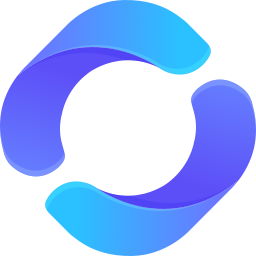Understanding the difference between talent acquisition and recruitment is crucial for building an effective hiring function. While often used interchangeably, they represent distinct approaches to bringing talent into an organization. Recruitment typically focuses on filling immediate, open vacancies quickly and efficiently. Talent acquisition, conversely, is a broader, long-term strategic approach focused on identifying, attracting, nurturing, and hiring talent to meet future organizational objectives. Recognizing its strategic importance, 80% of organizations count talent acquisition among their top 10 human capital issues. This distinction shapes everything from timelines and metrics to technology choices. Clarifying this difference is the first step towards optimizing your overall talent acquisition strategy.
Why the Talent Acquisition vs Recruitment Debate Matters
The distinction between these two approaches isn't merely semantic; it directly influences hiring outcomes and organizational agility.
Recruitment, with its tactical focus on filling current open roles, primarily impacts short-term operational needs. Success is often measured by speed (time-to-fill) and cost efficiency (cost-per-hire). While essential, an exclusive focus on reactive recruitment can leave organizations vulnerable to future skills gaps and market shifts.
Talent acquisition, however, takes a strategic, long-term view. It involves continuous market mapping, proactive pipeline building, skills forecasting, and integrated employer branding. This strategic lens impacts long-term quality-of-hire, internal mobility, and the organization's ability to adapt to changing skill demands, ultimately contributing more significantly to sustained business growth and resilience. Understanding which approach or blend of approaches is needed helps define the appropriate recruitment models.
Side-by-Side Comparison Table
The core differences in the talent acquisition vs recruitment approaches can be summarized across several key dimensions:
| Dimension | Talent Acquisition | Recruitment |
|---|---|---|
| Time Horizon | Long‑term, continuous pipeline | Role‑by‑role, reactive |
| Focus | Skills & future needs | Filling current vacancies |
| Metrics | Quality‑of‑Hire, internal mobility | Time‑to‑Fill, cost‑per‑hire |
| Tools | TI platforms, CRM, skills graphs | ATS, job boards |
| Employer Brand Role | Central, deeply integrated | Supportive, often tactical |
| Typical Users | Growth, skills‑scarce organizations | High‑volume, steady‑state roles |
When to Use Talent Acquisition vs Recruitment
The optimal approach depends heavily on the specific organizational context and hiring objectives.
Choose Talent Acquisition for Strategic Growth
Adopt a talent acquisition model when focusing on long-term goals, such as significant expansion, entering new markets, building capabilities in emerging or scarce skill areas (e.g., AI, green technology), or fundamentally strengthening your employer value proposition (EVP). This proactive approach is essential for building pipelines for future leadership roles, critical technical positions, or any area where talent competition is high and lead times are long. It requires investment in talent intelligence, CRM, and employer branding. (Link to /ta-framework/)
Choose Recruitment for Immediate Hiring Needs
Employ a recruitment-focused model when the primary need is to quickly and efficiently fill existing, well-defined roles. This is often suitable for handling backfills due to attrition, managing seasonal hiring surges, or staffing high-volume entry-level positions where the required skills are readily available in the market. The emphasis here is on process efficiency, speed, and cost management, often relying heavily on job postings and applicant tracking systems (ATS).

Key Metrics to Compare Performance
While some overlap exists, the primary KPIs differ, reflecting the distinct goals of each approach:
| Metric | Typical Focus in Talent Acquisition | Typical Focus in Recruitment | Formula / Description |
|---|---|---|---|
| Time‑to‑Fill | Monitored, but speed less critical than quality / fit | Primary efficiency metric | Days from requisition approval to offer acceptance |
| Cost‑per‑Hire | Considered, but ROI viewed longer‑term | Primary cost‑efficiency metric | Total recruitment costs ÷ number of hires |
| Quality of Hire | Central strategic metric | Important, but often secondary to speed / cost | Blend of new‑hire performance, retention, and manager satisfaction scores |
| Source Effectiveness | Analyzed for pipeline building & long‑term ROI | Analyzed for immediate applicant volume / speed | % of hires or qualified candidates originating from each source channel |
| Internal Mobility Rate | Key indicator of pipeline success | Less direct focus | % of roles filled by internal candidates |
| Candidate Pipeline Health | Critical metric for future readiness | Less emphasized | Size and engagement level of nurtured talent pools |
Integrating these metrics into a unified dashboard (e.g., using Google Looker Studio or similar BI tools) provides a holistic view of hiring performance across both strategic and tactical activities.
How Technology Differs in Each Approach
The supporting technology stacks often reflect the strategic focus. Talent acquisition typically relies on a broader, more integrated set of tools: Talent Intelligence platforms for market mapping and skills analysis, robust Candidate Relationship Management (CRM) systems for pipeline nurturing, skills assessment tools, and employer branding platforms, often integrated with an ATS. Recruitment can often function effectively with a strong Applicant Tracking System (ATS) as the core, supplemented by job board aggregators and basic communication tools. AI sourcing tools are increasingly used in both approaches. Still, they might be leveraged more strategically in TA for identifying passive candidates with future-potential skills versus primarily screening active applicants in recruitment.
Hybrid Approach: Combining Both for Optimal Results
A purely TA or purely recruitment model is insufficient for many organizations, particularly larger ones with diverse hiring needs. A hybrid approach often delivers the best results, blending recruitment efficiency for immediate needs with the strategic foresight of talent acquisition for critical future roles. This might involve:
- Using efficient recruitment processes for high-volume or replacement hires.
- Simultaneously running strategic talent acquisition initiatives (e.g., pipeline building, employer branding campaigns, university relations) focused on critical skill areas or future leadership needs.
- Implementing a phased model: focus on immediate recruitment needs this quarter while actively building TA pipelines for anticipated needs next quarter or next year.
- Best Practices for Transitioning/Blending:
- Clearly define which roles fall under which approach.
- Ensure technology stacks support both (e.g., an ATS with strong CRM capabilities).
- Train teams on both strategic sourcing/nurturing and efficient recruitment processing.
- Align metrics and reporting to reflect the goals of both approaches.
FAQ: Talent Acquisition vs Recruitment
Is talent acquisition the same as recruitment?
No, talent acquisition is a long-term strategic approach focused on future needs, employer branding, and pipeline building. At the same time, recruitment is typically a shorter-term, tactical process focused on filling immediate open vacancies.
Which approach is cheaper?
Recruitment often appears cheaper on a per-hire basis due to its focus on immediate cost-per-hire metrics. Still, strategic talent acquisition can deliver higher long-term ROI through better quality of hire, improved retention, and proactive pipeline management, potentially reducing future emergency hiring costs.
Can small companies run talent acquisition?
Yes, while extensive TA functions are standard in larger firms, small companies can apply TA principles by focusing on long-term needs for critical roles, building local talent networks, emphasizing their unique EVP, and nurturing potential future hires, even with limited resources.
How do AI tools fit into each?
AI tools can support both; in recruitment, they often automate screening, scheduling, and job posting optimization for efficiency. In talent acquisition, AI might additionally power talent intelligence platforms, predictive analytics for skills forecasting, personalized candidate nurturing, and strategic sourcing of passive candidates.





